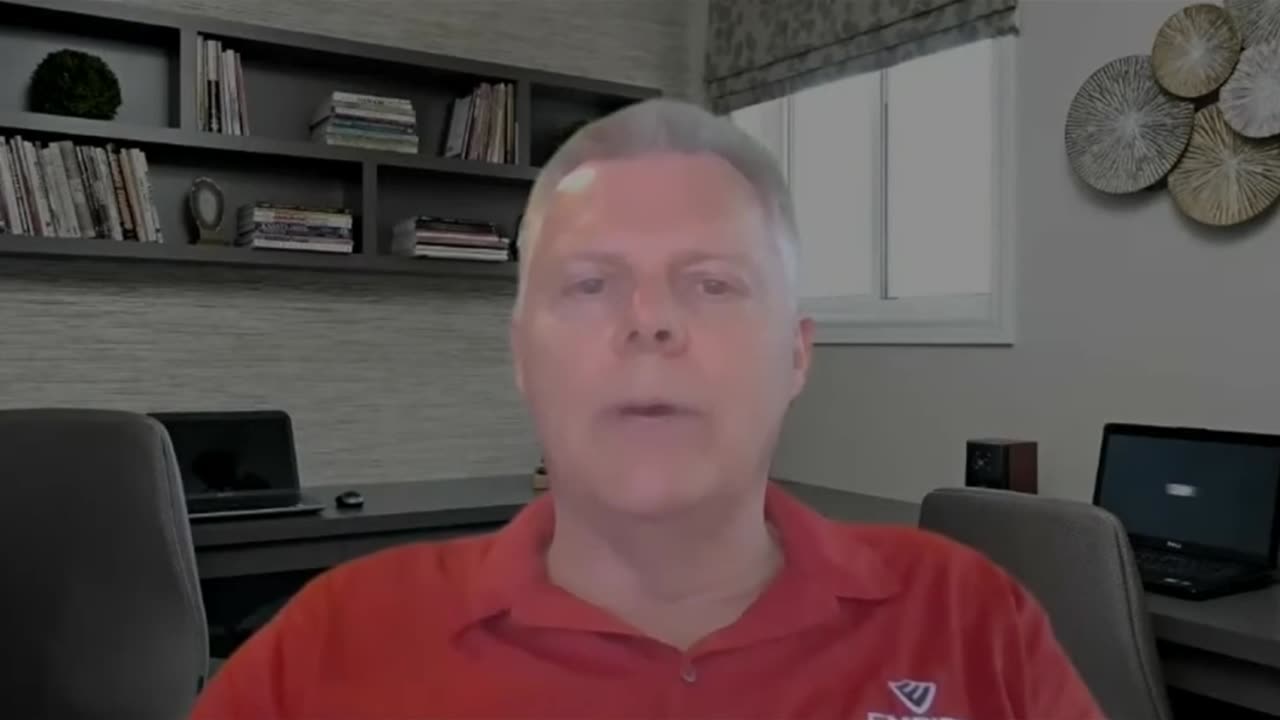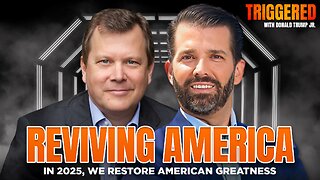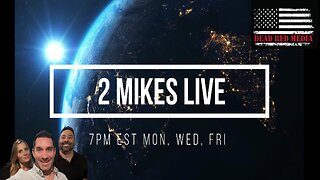Premium Only Content

Reverse Mortgage Myth #3: Reverse Mortgages Have Large Out of Pocket Expenses
Reverse Mortgage Myth: Reverse Mortgages Have Large Out of Pocket Expenses:
There’s a lot of talk about reverse mortgages, and some of it can be confusing. One common myth is that reverse mortgages come with large out-of-pocket expenses. This misunderstanding can make people hesitate to consider a reverse mortgage, which could actually be a helpful financial tool in retirement. Let's clear up the confusion and look at the real costs.
Understanding Reverse Mortgages:
A reverse mortgage lets homeowners aged 62 (55+ in California) or older turn some of their home’s value into cash without having to sell their home. Unlike a traditional mortgage where you pay the lender each month, with a reverse mortgage, the lender pays you. The loan is paid back when the home is sold, when you move out for good, or after you pass away.
Upfront Costs:
There are some upfront costs with reverse mortgages, but they’re often not as big as people think. Here are the main ones:
1. Origination Fee: This fee pays for processing the loan. It’s set by the Federal Housing Administration (FHA) and is usually a small percentage of your home’s value.
2. Mortgage Insurance Premium (MIP): This is 2% of your home’s appraised value or the maximum loan limit, whichever is less. This insurance protects you by ensuring that you’ll never owe more than your home’s value.
3. Closing Costs: These are similar to the costs of a traditional mortgage, like appraisal fees and title insurance. These costs can often be added to the loan, so you don’t have to pay them upfront.
Ongoing Costs:
The ongoing costs of a reverse mortgage include:
1. Interest: Interest is added to the loan balance, not paid out of pocket.
2. Mortgage Insurance Premiums: There’s an annual MIP of 0.5% that’s also added to the loan balance.
Minimal Out-of-Pocket Expenses:
Most of the costs of a reverse mortgage are included in the loan itself. This means you won’t need to pay large sums out of pocket. The loan and its costs are paid back when the home is sold or the loan is otherwise settled.
Conclusion:
While there are costs with reverse mortgages, the idea that they require large out-of-pocket expenses is a myth. By understanding how these costs work, you can make a well-informed decision about whether a reverse mortgage is right for you. Reach out to me at 714.614.4040 with any Reverse Mortgage questions.
-
 5:25:14
5:25:14
Drew Hernandez
8 hours agoMAGA CIVIL WAR OVER H-1B & DREW W/ HODGE TWINS
70.8K83 -
 1:05:22
1:05:22
Donald Trump Jr.
14 hours agoAmerica First Means Reviving the American Dream, Interview with Peter Schweizer | TRIGGERED Ep.203
152K289 -
 1:34:02
1:34:02
The Officer Tatum
13 hours agoLIVE: Trump ENDORSES Mike Johnson as Elon BACKTRACKS On H-1B + MORE | Officer Tatum Show EP 32
98.1K182 -
 45:56
45:56
Kimberly Guilfoyle
13 hours agoNew Year. Same MAGA Mission, Live with Roger Stone | Ep. 183
106K42 -
 1:49:14
1:49:14
2 MIKES LIVE
17 hours ago2 MIKES LIVE #160 We're Back! Deep Dive Monday!
79.4K13 -
 54:28
54:28
LFA TV
1 day agoTrump’s Triumphant Year | Trumpet Daily 12.30.24 7PM EST
75.5K11 -
 2:28:37
2:28:37
Quite Frankly
15 hours ago"2024 Review, Homunculus Flu, Old/New Year Predictions" 12/30/24
97.6K15 -
 14:04:17
14:04:17
RonjnJeremy
18 hours ago $9.20 earnedClassic Wow 20th Anniversary edition HC SF, Rogue..PT8 lvl 46+ Just need to stay alive...
117K6 -
 1:50:28
1:50:28
Jesús Enrique Rosas
15 hours agoEp. 51: Gates wants CENSORSHIP, Colbert MESSES UP, AOC meltdown, Hanks LEAVING and MOAR!
127K96 -
 1:45:47
1:45:47
The Quartering
17 hours agoHuge Censorship Law To Pass, Trump Endorses Johnson, TikTok is Saved? & Today's News!
150K84